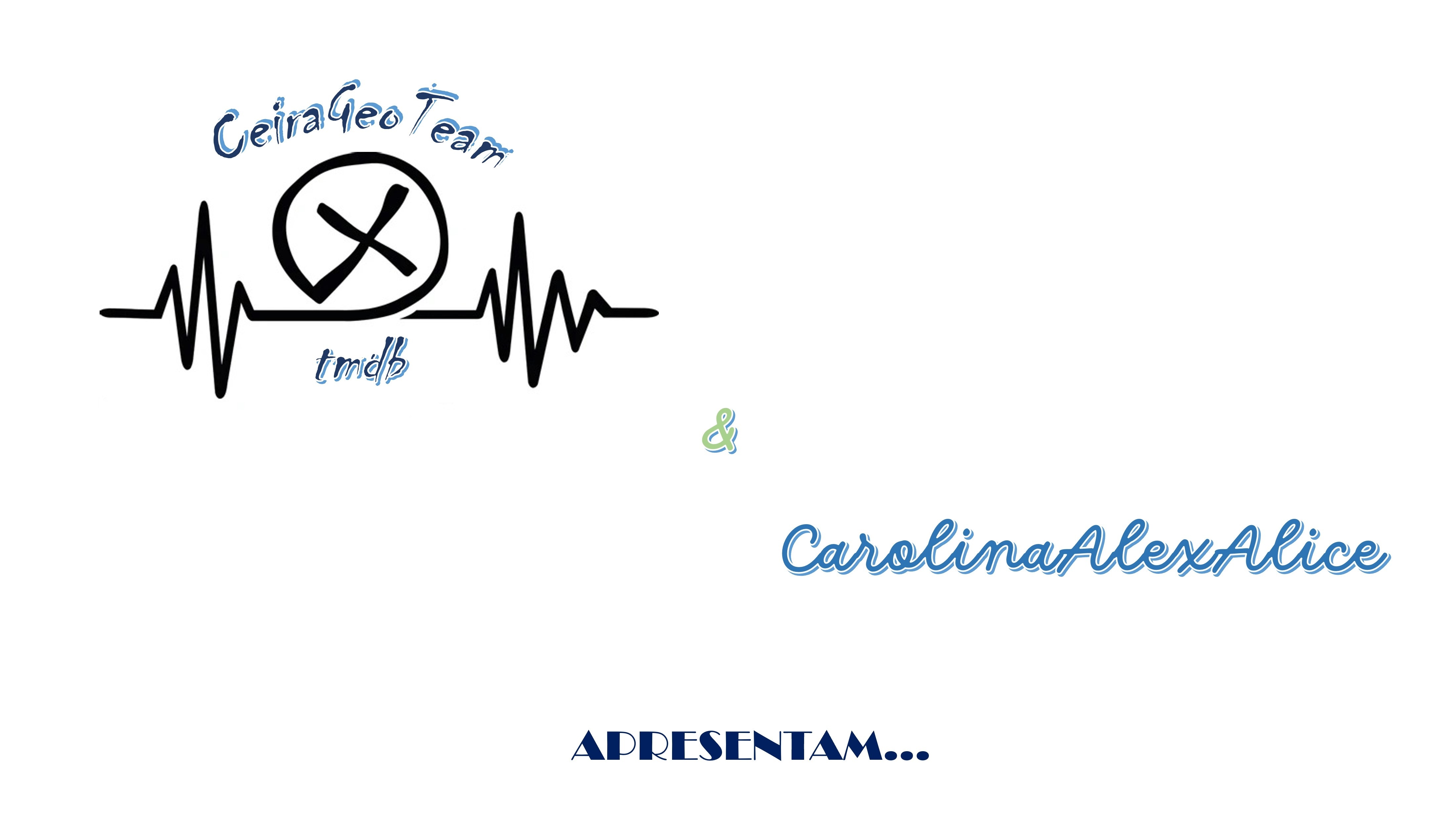
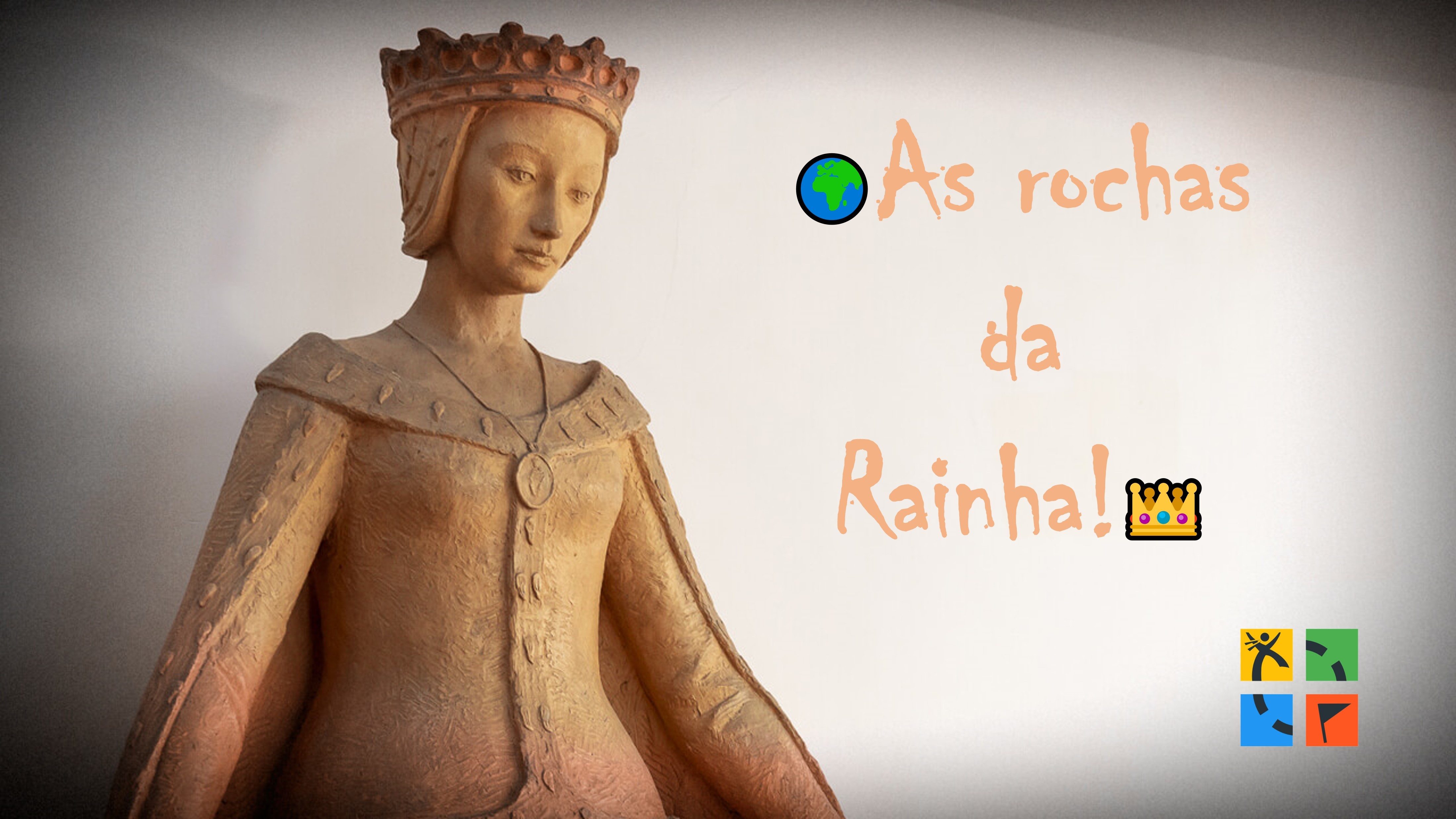
[PT] Esta EarthCache, que se encontra na área exterior da Biblioteca Municipal das Caldas da Rainha, pode ser explorada todos os dias, sendo um espaço de acesso livre.
Trata-se de uma EarthCache de fácil resolução, onde terão de percorrer a zona envolvente do exterior da biblioteca e realizar as tarefas propostas (envio das respostas obrigatoriamente para e-mail indicado mais abaixo na listing).
[EN] This EarthCache, which is located outside the Caldas da Rainha Municipal Library, can be explored every day, being a free access space.
This is an easy-to-solve EarthCache, where they will have to go around the area outside the library and perform the proposed tasks (sending the answers to the email indicated below in the listing).

 [PT]
[PT]
Leonor caminhava com um pouco de pressa, esperavam-na na Biblioteca, para discutir alguns afazeres reais, mas as pedras da calçada irregular descontrolavam o seu andar, acabando por torcer um pé…
- Que tortura estas pedras! Que massacre aos meus pezinhos reais… - reclamou a rainha.
- Que tortura, que massacre?! Nem sabe o que isso é…
- Quem falou? – indagou a rainha.
- Sou eu aqui! – ouviu-se novamente uma voz fininha.
Seguindo a voz a rainha olhava incrédula.
- Sim, sou um mineral desta rocha que lhe fala, majestade!
- Devo estar a sonhar – vociferou a rainha.
- Não estais, não…
- Mas criticavas, então tu, que eu não tenho vida complicada? Olha que ser rainha não é só andar de carruagem a acenar ao povo, vestir roupas bonitas e usar penteados da moda…
- Eu sei tudo isso, já por aqui passaram muitos reis e rainhas, posso vos garantir. Mas nem queira saber a vidinha de um mineral!
- Então conta-me lá – disse a rainha, enquanto esfregava delicadamente o tornozelo magoado.
- Nasci em zonas profundas da Terra: Um magma consolidou em profundidade e a sílica que ele continha deu origem a cristais de quartzo. Eu sou um desses cristais. Durante muitos milhões de anos esses cristais de quartzo, incorporados na rocha magmática formada mantiveram-se a grandes profundidades. Pouco a pouco a rocha foi-se aproximando da superfície. Finalmente ficou a descoberto. Toda a porção que me rodeava foi cortada e aqui estou nesta escultura, a embelezar este espaço, evidenciando o que de belo pode ter uma rocha magmática.
- Ah, então todas as rochas existentes aqui nestas esculturas surgiram assim? – questionou a rainha.
- Não, nem todas. A água das chuvas, as variações de temperatura, os gases da atmosfera, o vento, foram alterando os diferentes minerais que faziam parte da restante rocha, os quais se tornaram frágeis e se desligaram. Alguns alteraram-se profundamente e originaram novas substâncias químicas, outros não se alteraram quimicamente porque são mais resistentes, mas ficaram soltos, levados pela água do rio Real, rebolaram encosta abaixo, junto à ponte da Baleeira encontraram-se com outras rochas trazidas pela Ribeira do Vilar, em Bombarral juntaram-se outros depósitos do rio Bogota. As suas arestas foram ficando limadas, ficaram depositado no leito da Lagoa de Óbidos ou da Foz do Arelho. Aí formaram grandes depósitos de areia. Mais tarde, entre os grãos de areia, penetrou água rica em sais de cálcio. Exerceram-se fortes pressões e os sais de cálcio ligaram as areias, servindo de “cimento”, juntamente com restos de seres que estavam enterrados entre estes depósitos. Assim, começaram por fazer parte de uma rocha magmática e passaram a fazer parte de uma rocha sedimentar.
- Compreendo agora porque dizes que passas por “tortura”…
- Oh, tortura, tortura, passou aquela rocha branca com raios escuros, que está ali!
- A sério?! Então conta lá.
- Um determinado calcário, começou a sofrer afundamento, devido à pressão de outros sedimentos que se lhe sobrepuseram, ao mesmo tempo que ocorria movimentos orogénicos das placas tectónicas, que ia transformando o relevo, aumentando a temperatura a que estavam sujeitas. Estas temperaturas foram tão altas que alguns minerais sofreram alterações profundas, embora não tenham alterado o seu estado físico foram deformadas e formou-se uma nova rocha!
- Leonor, Leonor! – ouviu-se lá longe – não acredito que tenhas adormecido na biblioteca em vez de te prepares para a apresentação de amanhã na aula de ciências.
Leonor estremunhou e percebeu que tudo não tinha passado de um sonho, um estranho sonho. E que se encontrava na Biblioteca Municipal das Caldas da Rainha, que estava prestes a fechar. Arrumou as suas coisas e saiu com as amigas.
Chegando ao exterior, olhou e viu as estruturas que ali estavam, lembrou-se do sonho e sorriu… Sabia que a apresentação sobre o ciclo das rochas ia correr bem!

O Granito:
O granito é uma rocha de granulação grossa geralmente de cor clara composta principalmente de feldspato e quartzo, que juntos compõem pelo menos 55% da rocha. Quartzo pode variar entre 20-45% e feldspato até 60% do granito. São os cristais entrelaçados destes dois minerais muito duros (feldspato e quartzo), que dão ao granito a sua força e o torna um bom material de construção. O Granito também tem uma quantidade variável de outros minerais menores, tais como a mica biotite preta, e a horneblenda anfibólio preto, são estes que conferem ao granito a sua aparência de sal e pimenta clássico.
A cor do granito pode variar do rosa ao creme, branco e cinza, depende do tipo de feldspato que predomina. O feldspato ortoclásico rico em potássio, tem uma cor rosa salmão, enquanto plagioclásio rico em sódio, é branco ou cinza.

- Tamanho relativo dos cristais:
Quanto ao tamanho relativo dos cristais as rochas podem ser equigranulares, quando todos os seus cristais possuem dimensões semelhantes, ou inequigranulares, quando os cristais diferem substancialmente no tamanho. Um dos tipos de textura inequigranular é a porfiróide, em que cristais de maiores dimensões (megacristais ou fenocristais) estão envolvidos por uma matriz fanerítica de grão mais fino.

O granito é classificado como uma rocha intrusiva, formando-se a partir do magma muitos quilómetros abaixo da superfície. A formação granítica começa quando duas placas tectónicas chocam. Uma das placas é empurrada para debaixo da outra criando uma zona de subducção. As rochas na placa que é puxada para baixo ficam superaquecidas sob a extrema pressão, até aos 1.600 graus C, fundindo-se em magma, que, em seguida, sobe porque é quente e menos denso do que o material circundante. Cerca de 10% do magma será empurrado para a superfície, em erupção como vulcões, onde é rapidamente arrefecido criando uma variedade de rochas de granulação fina como o basalto e a obsidiana. No entanto, 90% do magma permanece abaixo da superfície, arrefecendo lentamente, durante um longo período de tempo, formando desta forma massas irregulares de granito. Consoante o tempo de arrefecimento e a temperatura o granito forma diferentes padrões. Um arrefecimento mais rápido leva à formação de cristais mais pequenos enquanto que, um arrefecimento mais lento permite o desenvolvimento de cristais maiores.
Como registar esta EarthCache:
Para registares “found it” nesta earthcache deves deslocar-te às coordenadas publicadas, visitar o local e zona envolvente, e executar as tarefas propostas em baixo. Posteriormente deves enviar as respostas às questões abaixo indicadas, por email, para: monsterdascookiesfriends@gmail.com (nesse e-mail devem fazer referência à EC e colocar o vosso nickname de geocacher, assim como as respetivas respostas!). Alternativamente podem usar o messenger.
Nunca coloque as respostas no log! Se algo estiver incorreto tentaremos contactar logo que possível e caso não cumpram os critérios indicados, o log será apagado! No registo deve constar a foto que vos é solicitada e que é OBRIGATÓRIA! Não é necessário esperar por qualquer autorização para “logar”.
1 - Na coordenada inicial, olhando para a “obra de arte” constituída por granito, classificando quanto ao tamanho dos grão, é um granito: (indique a opção correta)
a) Porfiroide b) Equigranular
2 – Com base na resposta à pergunta anterior, estas rochas arrefeceram rapidamente ou lentamente?
3 - Considera que a rocha onde se encontra poderia sofrer alterações e transformar-se numa rocha metamórfica? Sim ou Não?
4 - Observando o mapa seguinte e as rochas existentes em cada local, onde poderá encontrar registos fósseis? No local do smile verde, amarelo, laranja, rosa ou azul? (ver waypoints adicionais infra)

5 -Numa das “obras de arte”, à sua escolha, deve OBRIGATORIAMENTE tirar e publicar uma fotografia diferente e original (no log/registo) onde seja bem visível o vosso nickname do Geocaching (escrito numa folha ou numa mão, por exemplo), sendo opcional aparecerem na foto. Uma vez que estamos na cidade da criatividade, sejam também criativos na hora do “flash”!. Segue abaixo, um exemplo feito por nós:
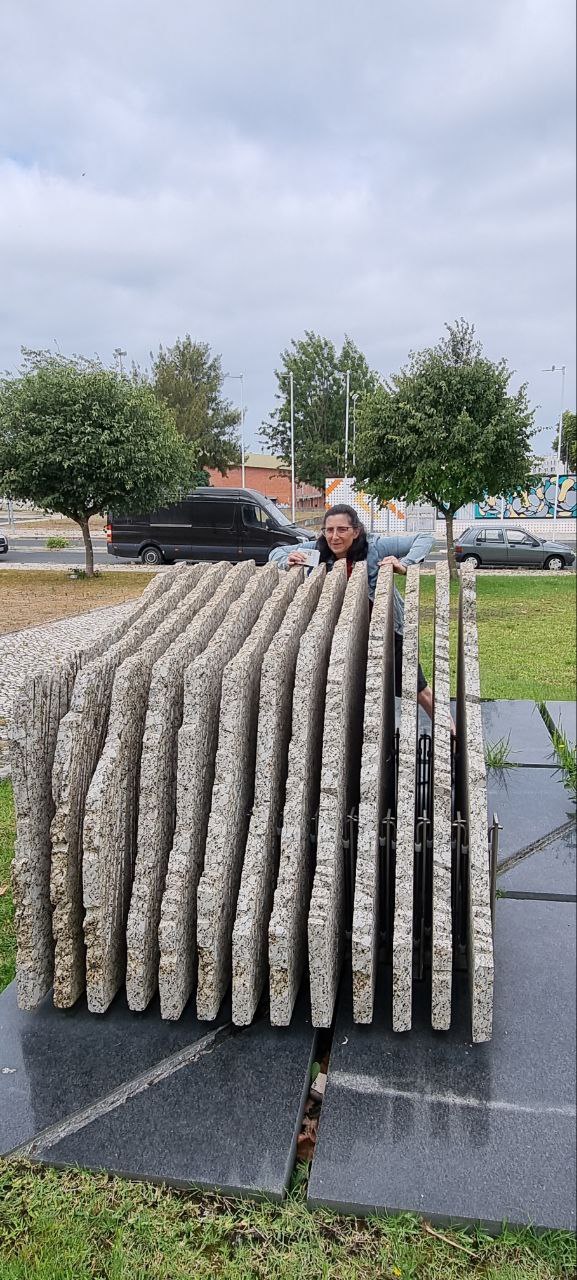
- Recomendamos que realizem esta cache à luz do dia, para assim poderem apreciar toda a beleza e pormenores, que estas rochas da Rainha têm para vos oferecer;
- A imagem que valida o registo deverá ser adicionada ao “Encontrada” e não a uma “Nota”;O registo online só será validado após terem concluído as tarefas/desafios acima propostos;
- Nicknames acrescentados à posteriori com recurso a software de edição de imagem (Photoshop, paint, etc) não serão aceites;
- Todos os logs/registos que não cumpram as regras acima serão eliminados;
- Disfrutem e preservem todo o espaço envolvente, não danifiquem nada, não deixem lixo no local, façam C.I.T.O. (Cache In Trash Out) sempre que possível. A natureza agradece! 😉
Esta é uma cache muito especial para nós, por toda a envolvência que proporcionou. Um verdadeiro hino à amizade, que aqui fica imortalizado, sendo a nossa primeira EarthCache.💚 Foi numa visita às Caldas da Rainha e Foz do Arelho, que surgiu a ideia desta EC da nossa família geocacheniana. Obrigado a todos, só em conjunto este desafio fazia sentido e conseguiu ganhar vida.✨
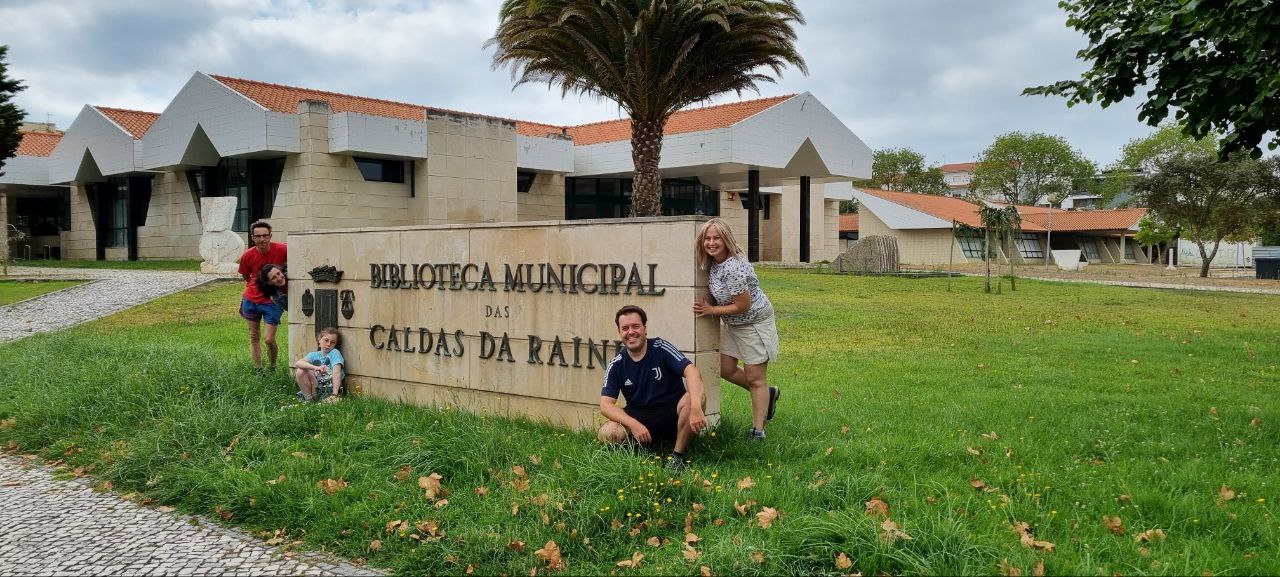
 [EN]
[EN]
Leonor walked in a bit of a hurry, waiting for her in the Library, to discuss some real things, but the stones of the irregular sidewalk got out of control of her floor, eventually twisting a foot...
- What tortures these stones! What a massacre to my royal feet... - complained the queen.
- What torture, what massacre?! You don't even know what that is.
- Who said anything? - asked the queen.
- It's me here! – a thin voice was heard again.
Following her voice the queen looked incredulously.
- Yes, I am a mineral of this rock that speaks to you, Your Majesty!
- I must be dreaming - the queen was scoffed.
- You're not, you're not...
- But you were criticizing, so you, that I don't have a complicated life? Look that being queen is not just riding a carriage waving to the people, wearing beautiful clothes and wearing trendy hairstyles...
- I know all this, many kings and queens have passed through here, I can assure you. But don't even want to know the life of a mineral!
- Then tell me - said the queen- as she gently rubbed her injured ankle.
- I was born in deep areas of the Earth: A magma consolidated in depth and the silica it contained gave rise to quartz crystals. I'm one of those crystals. For many millions of years these quartz crystals, embedded in the magmatic rock formed, remained at great depths. Little by little the rock was approaching the surface. It's finally uncovered. The whole part that surrounded me was cut and here I am in this sculpture, embellishing this space, evidencing what beautiful can have a magmatic rock.
- Oh, so all the rocks that exist here in these sculptures have come up like this? - questioned the queen.
- No, not all of them. The rainwater, the temperature variations, the gases of the atmosphere, the wind, were altering the different minerals that were part of the remaining rock, which became fragile and turned off. Some changed profoundly and originated new chemicals, others did not change chemically because they are more resistant, but were released, carried away by the water of the Real River, swum downhill, next to the Baleeira bridge met with other rocks brought by Ribeira do Vilar, in Bombarral joined other deposits of the Bogota River. Its edges were filed, were deposited in the bed of The Óbidos Lagoon or Foz do Arelho. There they formed large deposits of sand. Later, among the grains of sand, water penetrated rich in calcium salts. Strong pressures were exerted and calcium salts connected the sands, serving as "cement", along with remains of beings that were buried between these deposits. Thus, they began to be part of a magmatic rock and became part of a sedimentary rock.
- I understand now why you say you go through "torture"...
- Oh, torture, torture, passed that white rock with dark rays, which is there!
- I mean it? Then count it.
- A certain limestone began to suffer sinking, due to the pressure of other sediments that overlapped, while orogenic movements of the tectonic plates occurred, which was transforming the relief, increasing the temperature to which they were subjected. These temperatures were so high that some minerals underwent profound changes, although they did not change their physical state were deformed and a new rock formed!
- Leonor, Leonor! - you've heard from far away – I can't believe you fell asleep in the library instead of getting ready for tomorrow's science class presentation.
Leonor shudder and realized that everything was nothing more than a dream, a strange dream. And that he was in the Municipal Library of Caldas da Rainha, which was about to close. He packed his things and went out with his friends.
Arriving outside, he looked and saw the structures that were there, remembered the dream and smiled... I knew the presentation on the rock cycle was going to go well!
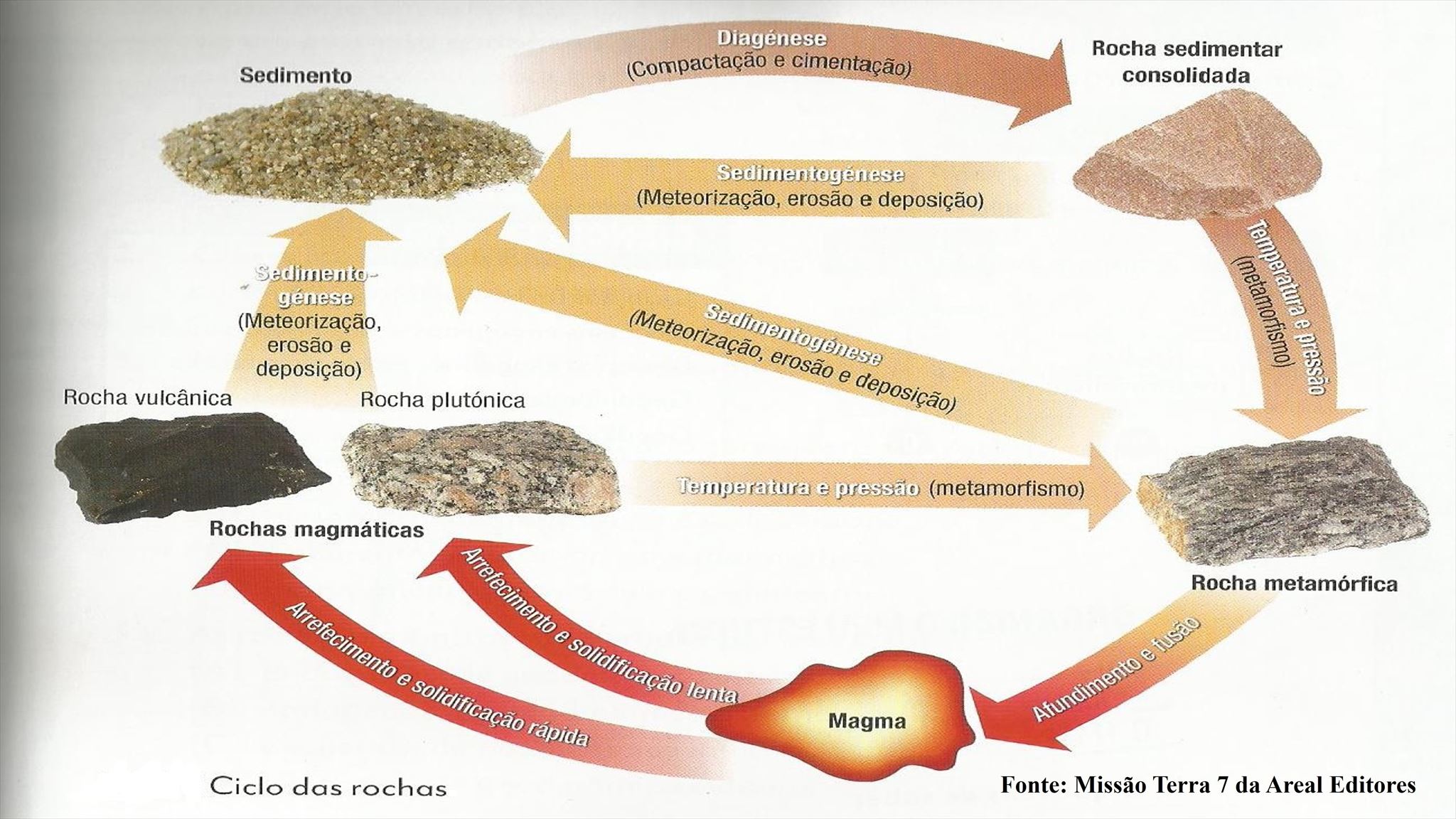
The Granite:
Granite is a coarse-grained light colored igneous rock composed mainly of feldspars and quartz which together make up 90% of the rock. Quartz ranges from 20-45% and feldspar up to 60% of the granite. It is the interlaced crystals of feldspar and quartz, two very hard minerals, that gives granite it strength and makes it such a good building material. Granite also has a varying amount of other minor minerals, such as the black mica biotite, and the black amphibole hornblende, both of which gives granite its classic salt and pepper appearance.
The color of granite can range from pink to cream, white and grey; and depends on the type of feldspar that predominates. The potassium-rich orthoclase feldspar, has a salmon pink color, while sodium-rich plagioclase feldspar, is white to gray.

- Relative size of crystals:
Regarding the relative size of the crystals, rocks can be equigranular, when all their crystals have similar dimensions, or inequigranular, when the crystals differ substantially in size. One of the types of inequigranular texture is the porphyroid, in which larger crystals (megacrystals or phenocrystals) are surrounded by a finer-grained phaneritic matrix.
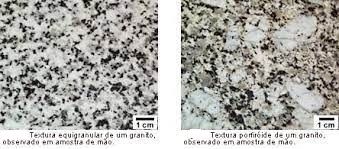
Granite is classified as igneous, arising from magma many miles below the surface. Granite formation begins when two tectonic plates collide. One plate will be pushed under the other creating a subduction zone. Rocks in the down-going plate are super-heated under extreme pressure, up to 1,600 degrees C, melting into magma which then rises upwards because it is hot and less dense than the surrounding material. About 10% of the magma will be pushed to the surface, erupting as volcanoes where rapidly cooling lava creates a variety of fine-grained rocks from basalt to obsidian. However, 90% of the magma will remain deep below the surface cooling slowly over a long period of time forming irregular masses of granite, which can be extremely variable in size. Depending on the cooling time and temperature granite form different patterns. A more rapid cooling results in the formation of smaller crystals while a slow cooling enables the development of larger crystals.
How to register this EarthCache:
To register “found it” in this earthcache you must go to the published coordinates, visit the place and surrounding area, and perform the tasks proposed below. Subsequently, you must send the answers to the questions indicated below, by e-mail, to: monsterdascookiesfriends@gmail.com (in this email you must refer to the EC and put your geocacher nickname, as well as the respective answers!) or alternatevely by messenger.
Never put as answers in the log! If something is being tested, we will try to contact you as soon as possible and if they do not comply with the proposed ones, the log can be confirmed! The registration must include the photo you are requested and which is MANDATORY! It is not necessary to wait for any authorization to “log in”.
1 - In the initial coordinate, looking at the “work of art” consisting of granite, classifying in terms of grain size, it is a granite: (indicate the correct option)
a) Porphyroid b) Equigranular
2 – Based on the answer to the previous question, did these rocks cool quickly or slowly?
3 - Do you think that the rock where it is located could undergo alterations and become a metamorphic rock? Yes or no?
4 - Looking at the following map and the existing rocks at each location, where can you find fossil records? In the place of the green, yellow, orange, pink or blue smile? (see additional waypoints below)
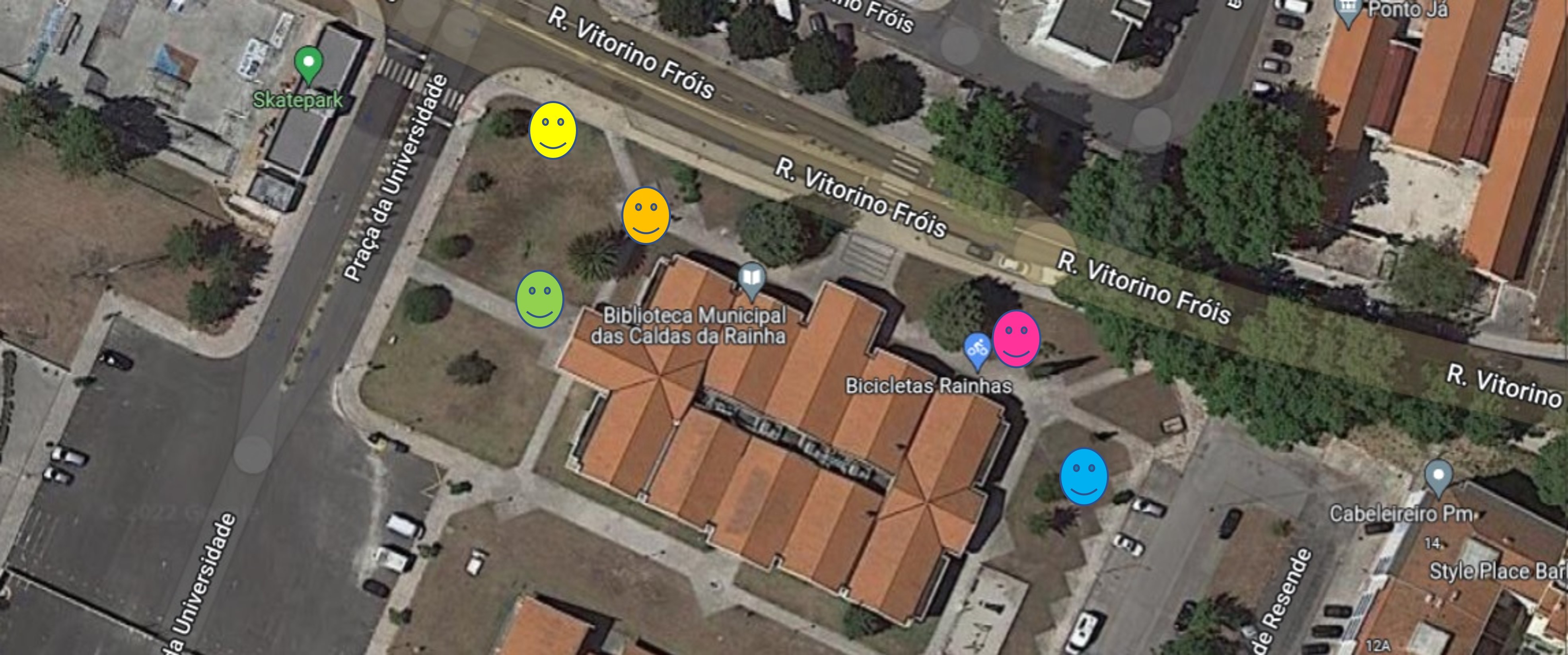
5 - In one of the “works of art”, of your choice, you MUST take and publish a different and original photo (in the log/register) where your Geocaching nickname is clearly visible (written on a sheet or in a hand, for example), being optional appear in the photo. Since we are in the "city of creativity", be creative at the time of the “flash”!. Below is an example made by us:
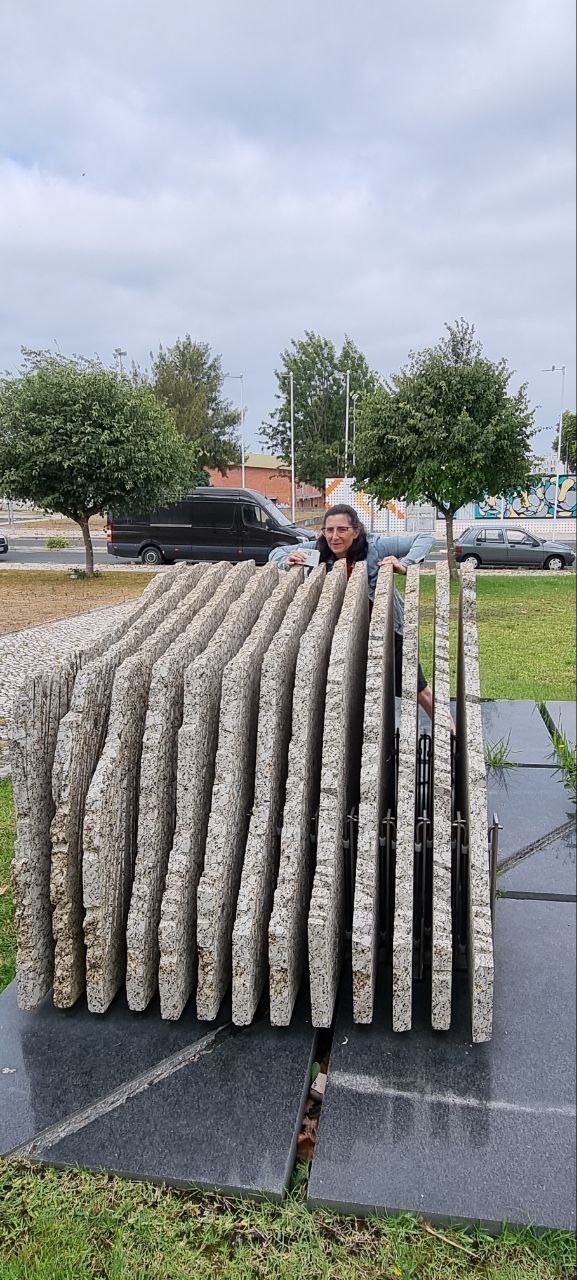
- We recommend that you carry out this cache in daylight, so that you can appreciate all the beauty and details that these Rainha rocks have to offer;
- The image that validates the registration must be added to the “Found” and not to a “Note”;
- Online registration will only be validated after completing the tasks/challenges proposed above;
- Nicknames added later using image editing software (Photoshop, paint, etc) will not be accepted;
- All logs/records that do not comply with the above rules will be deleted;
- Enjoy and preserve all the surrounding space, don't damage anything, don't leave trash on the site, make C.I.T.O. (Cache In Trash Out) whenever possible. Nature thanks you! 😉
This is a very special cache for us, for all the surroundings it provided.
A true hymn to friendship, which is immortalized here, being our first EarthCache.💚 It was on a visit to Caldas da Rainha and Foz do Arelho that the idea for this EC from our geocachenian family came up. Thank you all, only together this challenge made sense and managed to come to life.✨
